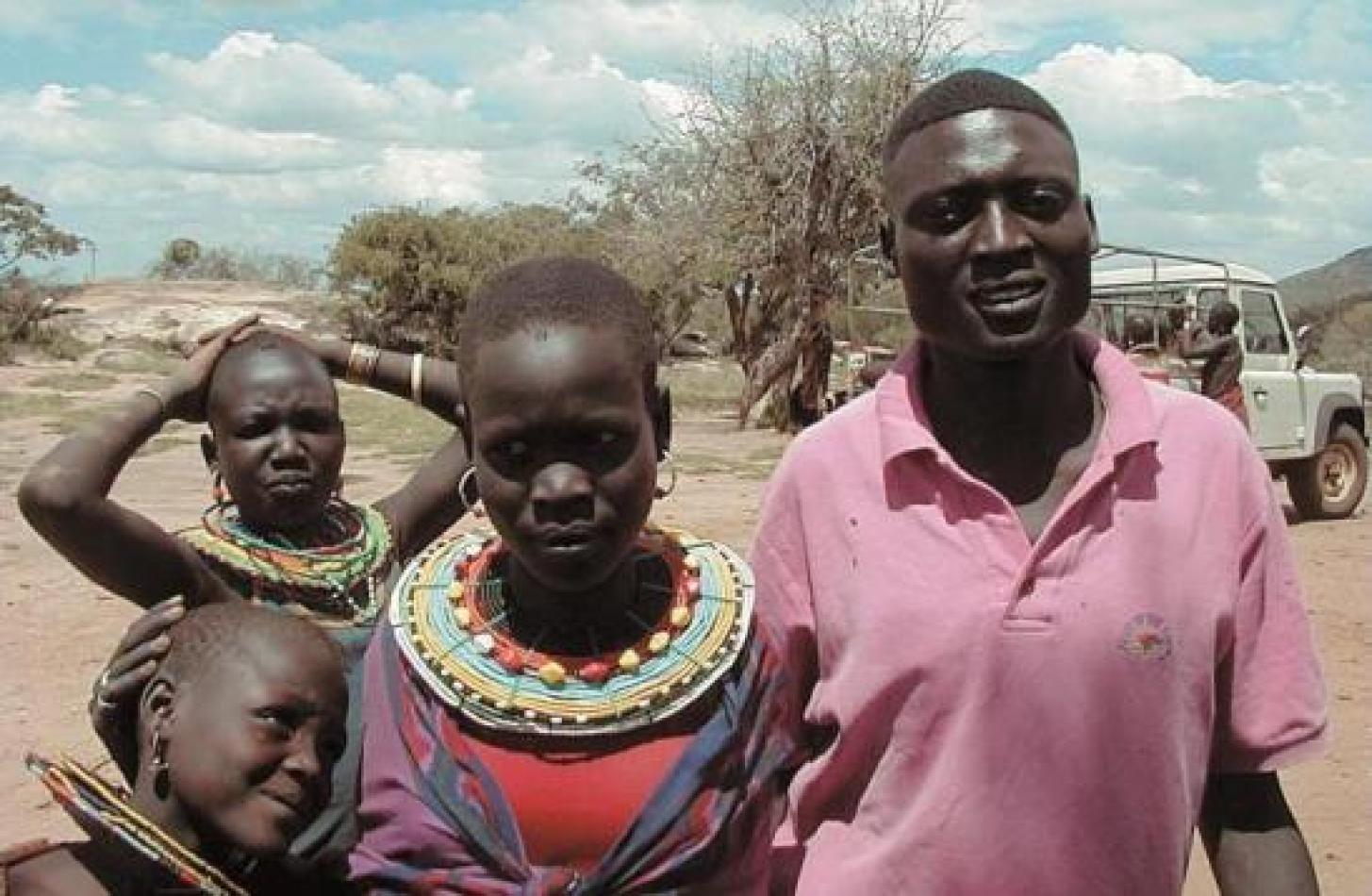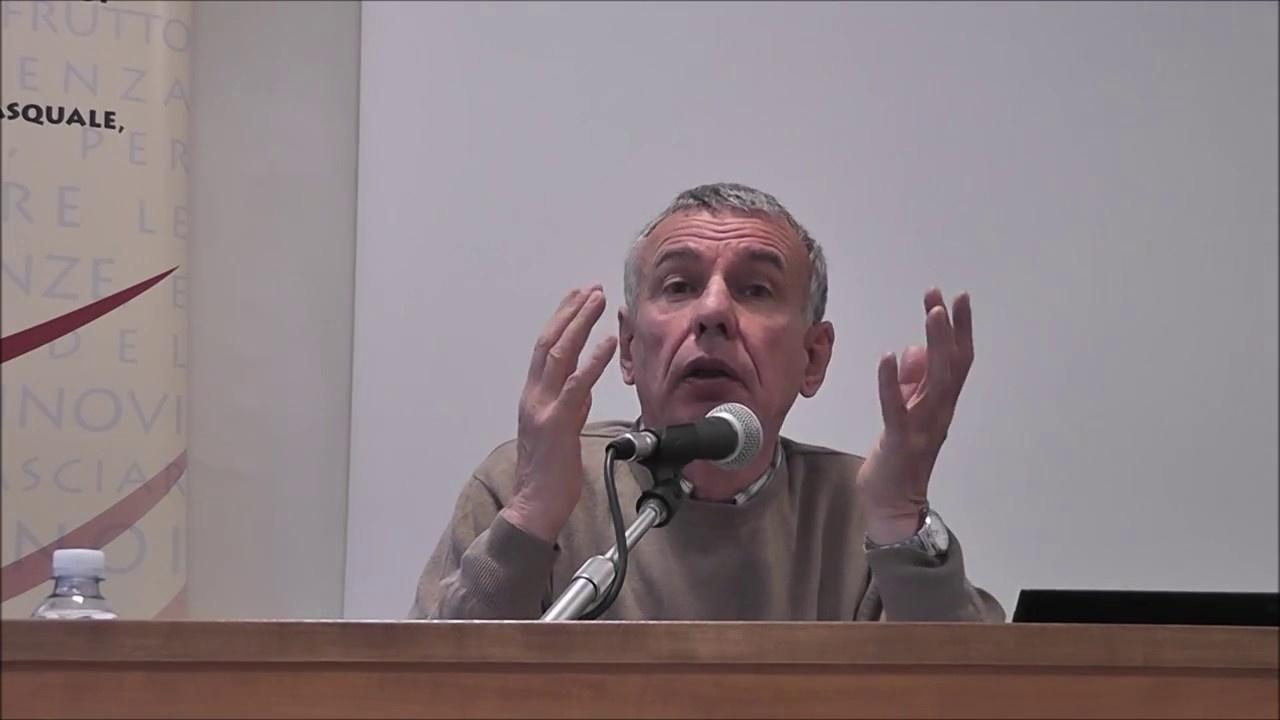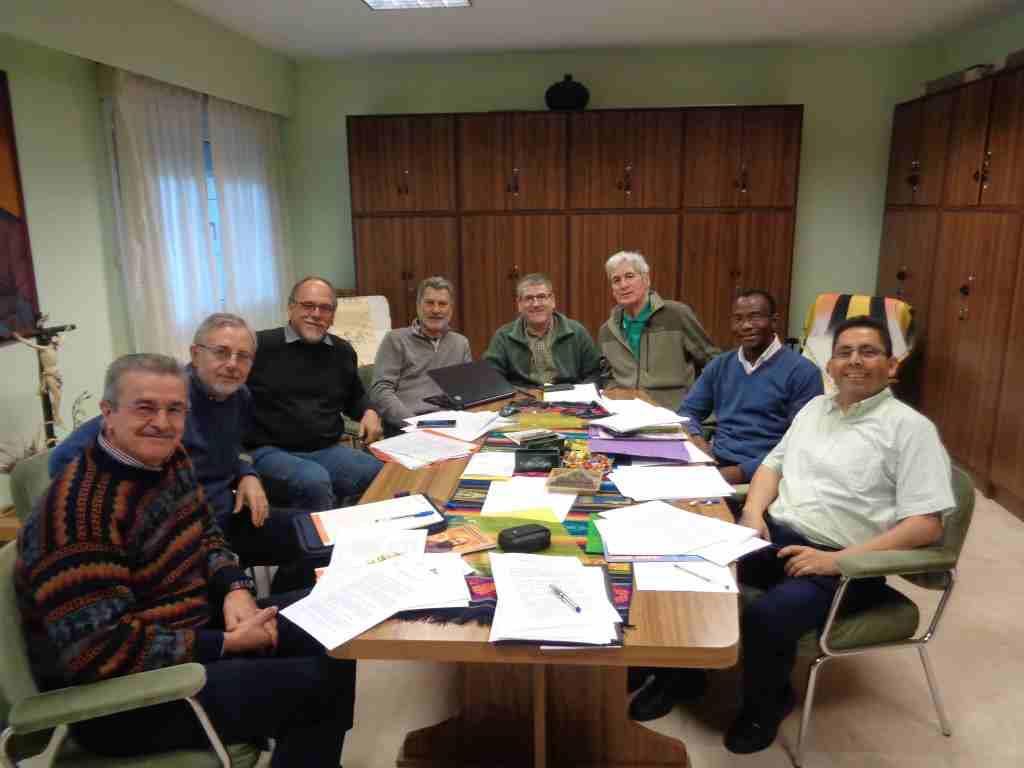Daniel Comboni
Misjonarze Kombonianie
Obszar instytucjonalny
Inne linki
Newsletter
Friday, August 3, 2018
The Pökot people live in West Pökot County and Baringo County in Kenya and in the Pökot District of the eastern Karamoja region in Uganda. They are estimated to be around 700,000. Like many other people they are going through a profound transformation. Boys and girls meet at dance parties or at communal work or while tending domestic animals. When a kind of friendship has developed, a type of secret engagement may take place. And when the young man is fully decided he tells his father and both go to the girl’s home to break the news.
The parents of the two future spouses will talk mainly of the two clans and of their previous successful intermarriages. If there are impediments, barriers and complications, the parents of the girl ask their counterparts on the boy’s side to return next time with their gifts and they will converse again and look properly on the matter. The period in between will give the parents of the girl time to make sure that she is willing to marry the boy, and above all to gather information on the standing of the boy’s family.
This first meeting between the two families takes place during daytime and there is no need to bring beer as gift. In the second visit, the young man’s father makes honey beer. Days go by. When the time has arrived the young man’s father announces the day of his visit to the girl’s family. On the appointed day the young man, his father and mother, often accompanied by some close relatives and neighbours, go to visit the girl’s family.
They take along with them two gourds of honey beer. They also take with them tobacco as presents or gifts to the girl’s parents. The visitors are received with courtesy. They all get seats and sit down outside of the girls’ family hut. The father of the girl will act as if he doesn’t understand what was happening. He behaves as though he is opposed to the whole idea – custom demands this behaviour. The gifts brought are placed in front of the meeting parties.
The girl’s father relates village news. He will speak of wars, grazing areas, epidemics, rain and any other thing of great importance that comes across his mind. Not only the young man’s father but any other person as well speaks of recent news from his home surroundings.
At this stage the girl’s father will welcome his visitors to his hut. The father of the girl will start to speak to the guests. He then inquires about the purpose of the visit.
The father of the boy or an elderly man who is reputed for being wise, answers, “I have come, as you see me here today, as your visitor. As well I have been following foot prints of a foal and it happens that it has come in here”. The young girl’s father asks about the name. So they name the girl they wish to marry.
The meeting commences officially at that moment. The first thing they discuss is the clans of both parties. The father of the girl would very much like to know if at one time the two clans had any intermarriage; or if there was intermarriage on the side of the mothers’ clans of the two to betroth. The clan and family of the boy are thoroughly scrutinised. The two families must in future have mutual relationships; this is the reason for the scrutiny.
Now, after coming to an agreement on the side of clans and families, the dowry becomes the centre of interest. The two parties bargain on the amount of cows, goats, sheep etc… the boy’s family must produce. If there is a disagreement the boy’s parents take their beer back home with them. When an agreement is reached, it is upon the father of the girl to announce that the agreement has been achieved and so they can now drink peacefully and finish the beer. There is no real need for the girl to be around. If she is in the compound she would be eavesdropping to learn really how much she is worth.
The girl is not asked for her consent to the man who is requesting her. However, good fathers pride themselves on pleasing their daughters. If a girl is forced into marriage with a man she does not like at all, she would threaten the family with bad things, something nobody wants; thus twisting her parents will to her plans. If she can at all foresee that it will be impossible to convince her parents about the man she has chosen, she would elope with her friend. Once the facts are established she has the ante in the bargaining with her father for the arrangement of her marriage.
The wedding day is marked by the official giving of the initial share of the dowry, and the sending away of the girl from her father’s home to the one of her new spouse. The wealth as dowry is mainly in terms of cattle, goats, sheep and donkeys.
Before leaving her native home, the girl is given the final instructions from her father, mother and relatives. They will remind her of the good qualities of a wife, plus the way she should behave towards her husband and the members of his family. As the new couple leave, the parents bless them, wishing them success during their stay together.
Before leaving home the bride is given a milk gourd by her mother and the bridegroom a whip from a sitöt tree by the bride’s father. The gourd signifies the authority given to the bride as a wife. She will use this gourd when milking the cow that she is given after she has slept with her husband and has proved to everyone that she is a woman capable of handling a man.
The whip stands for the authority that the father delegates to the husband to lead the woman – to care for her, and to discipline her if she misbehaves. Before the bride and the groom leave the home of the bride’s father, all the visitors who came with the groom, parents, relatives and friends, are given something to eat. And before leaving the women of that home anoint their chest with oil and milk, as they sit down, as signs of blessings.
Off they go. When they arrive near the bridegroom’s home the couple and the companions of the newly wed man announce with trills of joy that they are on the way. On reaching the gate of the home the girl resists entering, demanding a cow. After the husband has consented she moves in. The trills of joy increase. The young and old all come to welcome them for they were on the alert. The girl will be put up in the house of her mother-in-law. But before stepping into the house, the father-in-law gives her a walking stick as a welcome wish.
During the first two to five days the new wife will not do any heavy work. This is a period of adaptation and integration into her new family and environment. The wife will do some housework under the direction of the mother-in-law who takes active care of her daughter-in-law with the idea of preparing for her own son a worthy spouse who would ensure his happiness. The two young people live under the control of trusted adult people.
The next morning the two spouses go into the cattle kraal to be anointed. The anointment is done with fresh cow’s milk brought in a clean gourd. The wife has veiled her face with a goat’s skin. Then the husband will uncover her head and pour the milk on his wife’s forehead. Similarly the newly wed bride does the same to her husband and to the rest of the family. All these blessings are done before sunrise. The next important rite is the tying of a leather bracelet called tïrïm on the wrist of the right hand of the wife. Now they are husband and wife and start their new life as a couple.
Thomas Herero – Comboni Missionaries




